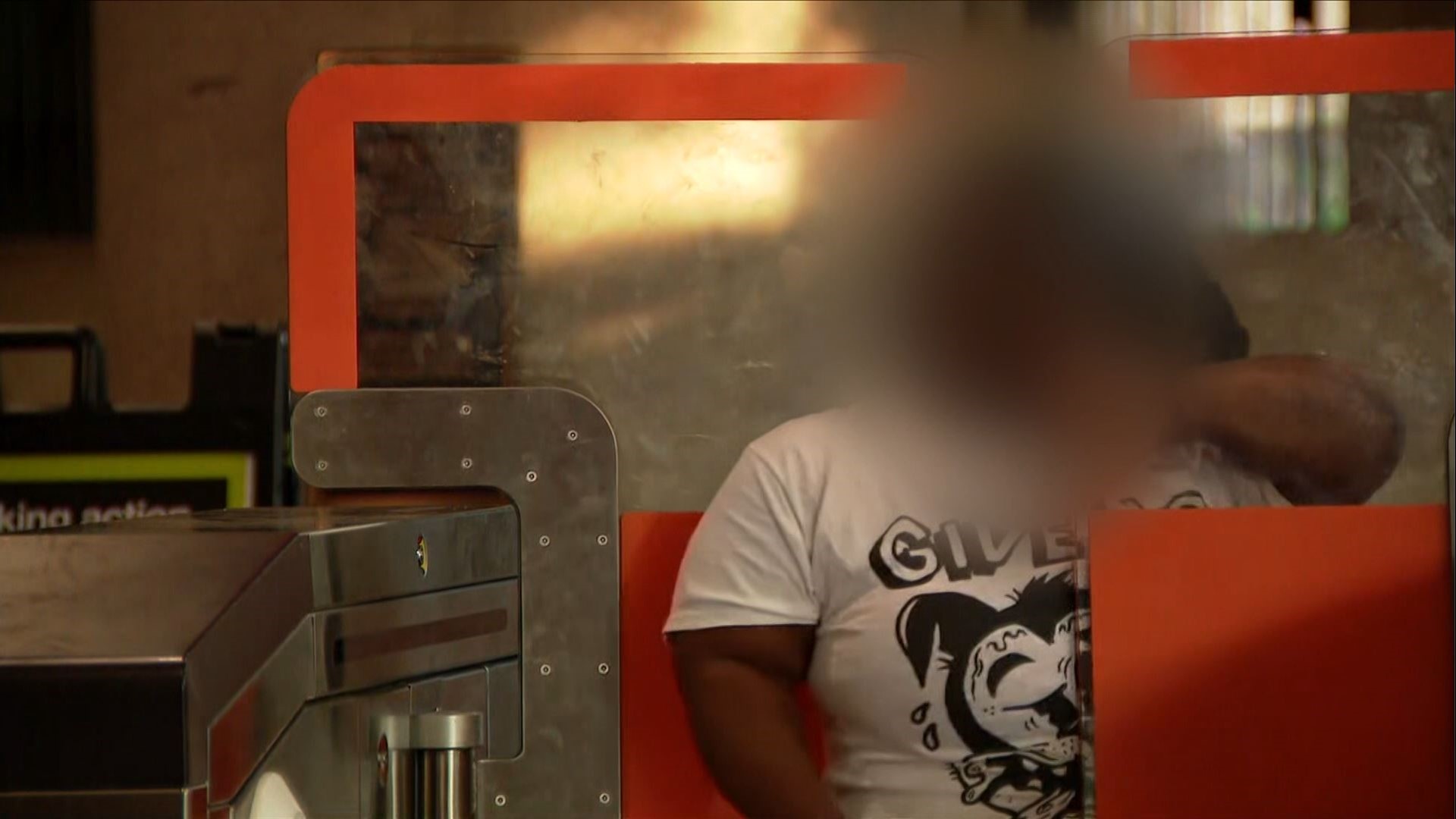WASHINGTON — New faregates were installed at the Fort Totten Metro Station Monday. Their purpose is to make it harder for people to jump over the gates, avoiding paying fare to ride. Instead, video shows them pushing through the new gates.
According to the Washington Metropolitan Area Transit Authority (WMATA), the new higher and stronger faregates are part of a systemwide rollout.
The design adds 55-inch-tall doors that are twice are 200 times stronger than glass. The L-shaped doors are nearly half the height of a standard basketball hoop, making them much harder to jump over.
Though, video captured by WUSA9 showed fare evaders pushing through the doors anyway with little difficulty.
Following the installation at Fort Totten, crews will move to Pentagon City to add the new faregates there as well. The modifications will be installed in phases, with plans to retrofit all faregates at every station throughout the system over the next year. WMATA says the first 10 stations are expected to have the door modifications by early fall.
“Over the past several months, our team has been testing different prototypes to get to this final design. We have already seen a reduction in fare evasion and expect the higher gates will be more of a deterrent,” said Metro General Manager and Chief Executive Officer, Randy Clarke. “The bottom line is fare evasion is not okay, and we will continue our efforts to ensure everyone is respecting the community’s system and each other.”
Metro plans to install a single-door panel for all regular faregates, and double-door panels at the wider gates for accessibility and wheelchairs.
The first Metro Stations to receive the upgrade include:
- Fort Totten
- Pentagon City
- Bethesda
- Mt Vernon Sq
- Addison Rd
- Congress Heights
- Wheaton
- Federal Center SW
- Court House
Additionally, WMATA says it has stepped up enforcement efforts and tried new things to fight fare evasion including a income-qualified reduced fare program. Metro Lift provides a 50% fare discount to customers who qualify for SNAP benefits in DC, Maryland and Virginia. Almost 1600 customers have enrolled, taking more than 11,000 combined trips.
WATCH NEXT: DC Metro plans to crack down on fare-jumpers

